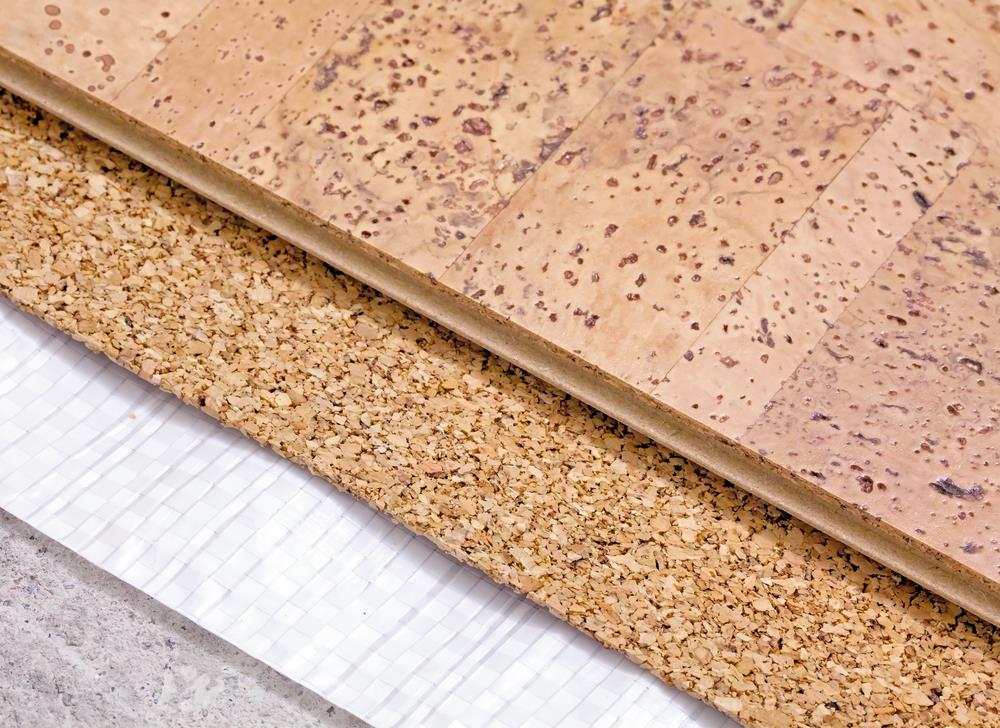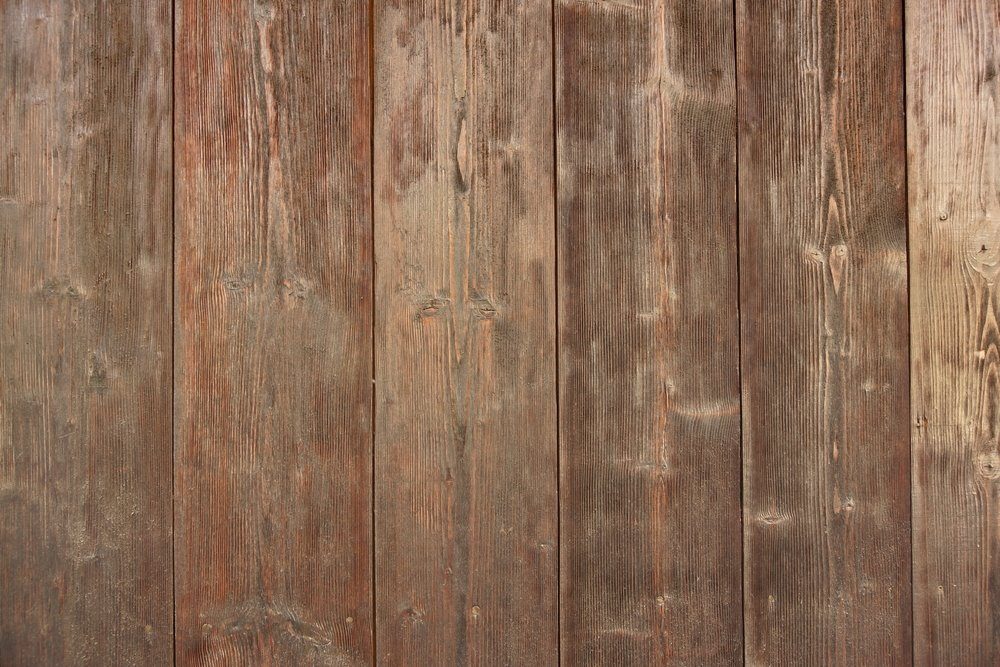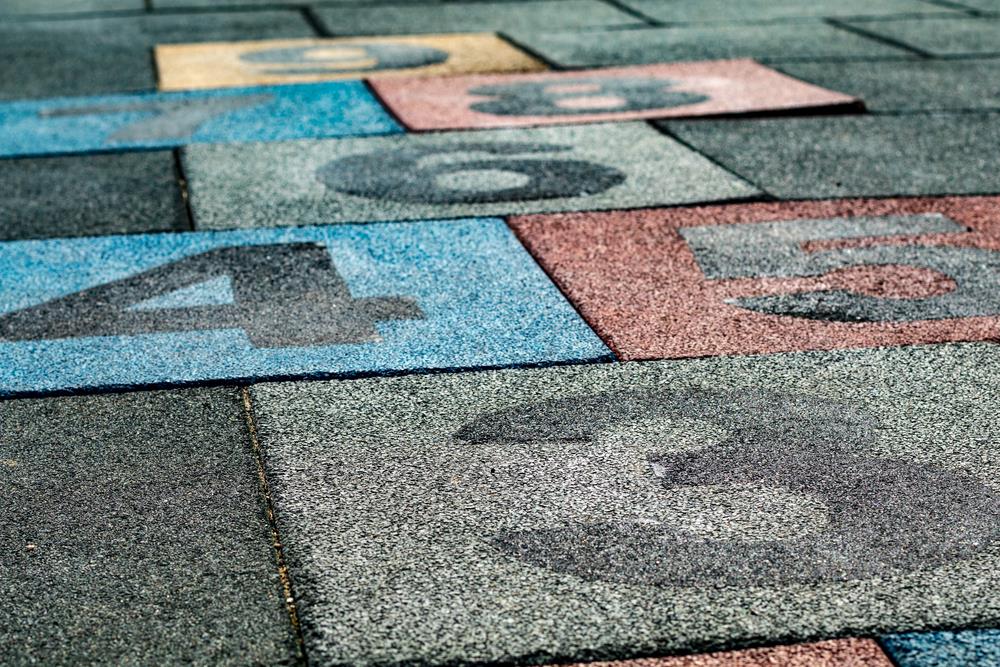Homeowners in general, are looking for ways that they can make their home more environmentally friendly, especially if they are planning on doing any renovations.
If you are installing new flooring in your home, then you may want to consider using a sustainable flooring material. Don’t let the cost of using sustainable flooring deter you – in many cases, sustainable materials are actually more affordable – and even manage to add value to your home!
The following are five different sustainable flooring materials to consider:
1. Bamboo Flooring
Bamboo flooring has become a very popular alternative to hardwood, in part because of its environmentally friendly qualities. Bamboo is a very sustainable source. This is because bamboo is actually a grass – and a fast-growing one at that.
Additionally, bamboo thrives in practically any climate, which is why it can be found in many products such as bamboo sleep products, bamboo furniture, bamboo kitchenware, etc. But it’s incredible sustainability isn’t the only draw.
The following are a few of the other benefits that bamboo has to offer:
- Bamboo flooring has a similarly elegant aesthetic as hardwood, which is why it’s become such as popular alternative.
- Bamboo is extremely durable and long-lasting, in some cases just as durable and long lasting as hardwood.
- Bamboo flooring is surprisingly affordable considering its quality.
- Bamboo flooring is easy to take care of as long as you sweep it regularly.
- Bamboo flooring that is scratched or has become discolored can simply be refinished
2. Cork Flooring
Cork is a relatively new type of flooring material that is slowly becoming a more popular option for homeowners. Cork is a material that is produced from the bark of a cork tree.
The reason that it is such a sustainable material is that the cork tree doesn’t need to be killed in order to harvest the bark – it can simply be stripped from the tree. The bark will regrow within three years, which means it’s a renewable source. Not to mention that cork trees are commonly found throughout Mediterranean forests. In addition to being a sustainable material, cork has plenty of other benefits.
These advantages include:
- Cork has anti-microbial properties, which means it’s perfect for anyone with allergies as it is extremely resistant to dust and toxin absorption as well as mold and mildew.
- Cork is soft yet durable, making it comfortable to walk on.
- Cork has insulative properties that help it to retain heat, which means your floors won’t get cold during the winter.
- Cork has a very unique and beautiful look that makes it a good fit for contemporary and modern interior designs.
3. Reclaimed Hardwood Flooring
Traditional hardwood is not very environmentally friendly. Even if you purchase your wood from a farm that practices sustainable growing practices, trees must be completely cut down in order to harvest the wood – and they can take decades to grow back into maturity. But hardwood has a certain allure to it because of its timeless quality. If hardwood is something that you have your heart set on, consider reclaimed hardwood.
Reclaimed hardwood is hardwood that is reused from existing sources. For example, the wood siding from an old barn that was torn down. Basically, you’re salvaging wood for the use of your floors.
The following are a few of the additional benefits of using reclaimed hardwood:
- Reclaimed hardwood provides a unique look to your home, not just because of its timeless quality but also because of the additional character that salvaged wood tends to have.
- Reclaimed hardwood is extremely durable – more so than regular hardwood even. This is because the wood came from old-growth trees instead of first-generation forests that new hardwood typically comes from.
- Reclaimed hardwood will last a lifetime. Once you’ve installed reclaimed hardwood, you can expect it to last as long as you live – provided that you care for it.
- Reclaimed hardwood is easy to keep clean as long as you sweep and vacuum on a regular basis.
4. Rubber Flooring
Believe it or not, but rubber flooring is a thing. It’s actually been used quite often in commercial spaces, such as gyms and hospitals, because of its durability as well as its ergonomics. But it’s also a very environmentally friendly choice.
First of all, you can use rubber flooring produced out of recycled rubber products, such as tires. Secondly, rubber won’t hurt your indoor air quality since it doesn’t emit nearly as many volatile organic compounds (VOCs) or other carcinogenic substances as other flooring materials.
Last but not least, rubber comes from a sustainable source – it’s a raw material that is produced from the sap that is extracted from tropical rubber trees. Rubber flooring has a lot of other things going for it as well. Some of its benefits include:
- Rubber is low-maintenance since you can easily sweep or mop the surface and because it is resistant to stains.
- Rubber has a naturally flexible nature that makes it a more supportive surface to stand on.
- Rubber flooring is non-porous, making it resistant to moisture. This means that rubber flooring is a particularly good option for kitchens, bathrooms and laundry rooms.
- Rubber flooring is available in all kinds of colors and patterns.
- Rubber is extremely durable and long lasting due to its high density.
5. Linoleum Flooring
A lot of people don’t realize that linoleum flooring is actually a very environmentally friendly flooring option. In fact, you might have even thought the opposite. This misconception often comes to be because of the idea that linoleum is similar to vinyl, which is a synthetic material that isn’t environmentally friendly in the slightest.
However, linoleum is, because it is made out of sustainable materials that include linseed oil, tree resins, wood flour, cork dust, ground limestone and pigments. Not only are these materials natural, they are all biodegradable.
In addition to coming from a sustainable source, linoleum flooring also provides the following benefits:
- Linoleum flooring is extremely durable due to its coating, which makes it an excellent choice for high-traffic parts of the home as well as in commercial spaces.
- Linoleum is a very visually flexible material because it can be manufactured to look like other flooring materials, including wood and stone.
- Linoleum is one of the most affordable of all flooring materials.
- Linoleum flooring is easy to maintain. You can sweep or mop it without worry since it is resistant to moisture, which is why it’s often used in kitchen spaces.
While there are a lot of different factors to consider when choosing flooring material, one factor that you should really put some thought into is the sustainability of the material. These are five flooring materials that are not only environmentally friendly options, but that have numerous other benefits as well.

















































